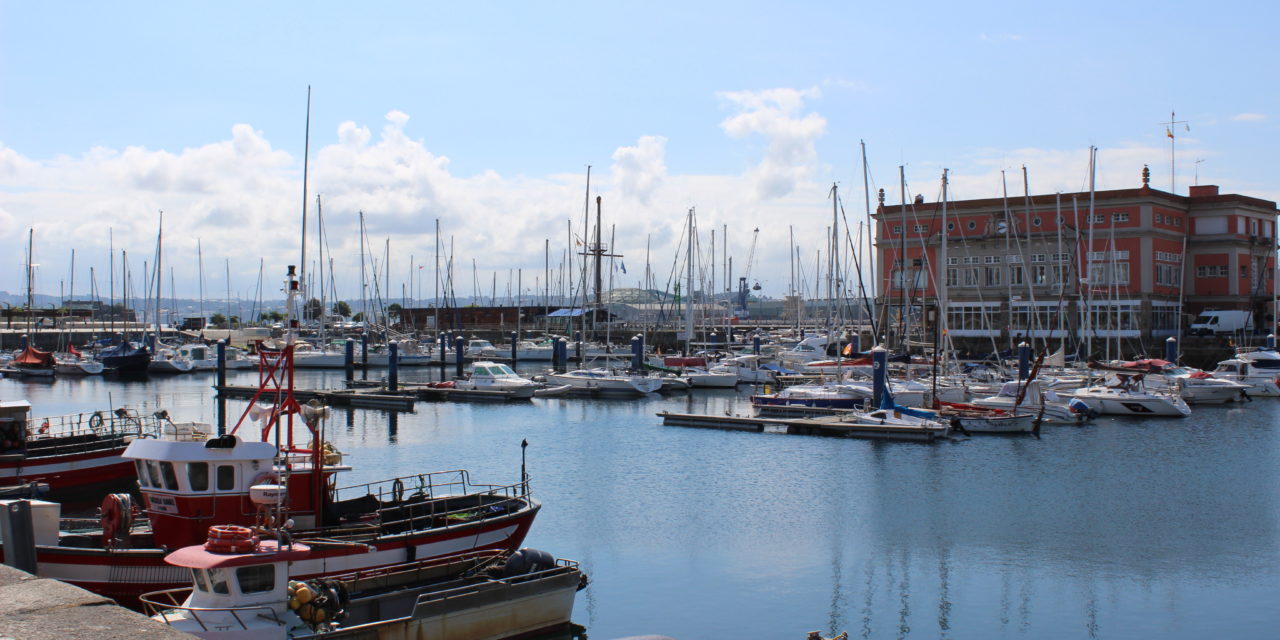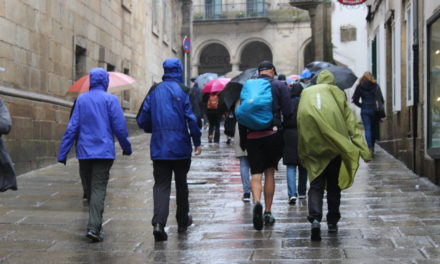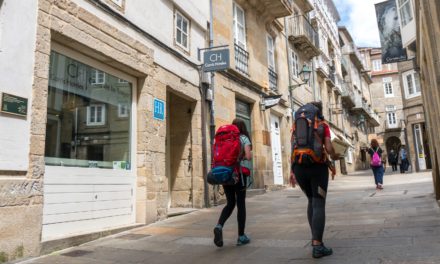The importance of pilgrimages by sea is unquestionable, some specialists like Lacarra even maintained that the sea was the oldest route of pilgrimage, since it was by the maritime route that the news of the discovery of the tomb of Santiago spread to the Carolingian world.
The pilgrims who came to the ports of northern Galicia were of many nationalities – English, Irish, Flemish, Scandinavian or Hanseatic – but it was the English who left the most indelible footprint, as is indicated by the fact the Way that connects the sea with the city of Compostela is known as the English Way.
Pilgrimages by sea to Compostela have been documented since the 12th century, specifically since 1147, when a company of English, German and Flemish crusaders visited the city and basilica of Santiago. The Crusaders went to the Holy Land but also to Lisbon, in whose conquest they participated by helping the first king of Portugal to liberate the city from Arab occupation. So that in 1255 Lisbon would become the capital of Portugal.
The research of specialists such as Constance Storrs allow us to know better how these pilgrimages developed. Thus, her work on an important pilgrimage that set sail from Dartmouth in the twelfth century, is a prime example of how pilgrims on their way to Santiago sometimes made stopovers in other ports to visit other pilgrimage shrines, in this case San Salvador of Oviedo.
From these researches we know that most of the pilgrim ships disembarked in A Coruña and Ferrol, the two most important ports in the north of Galicia and those referred to the most in the pilgrims’ accounts. Padrón was also important for some centuries, since it depended on a small port on the banks of the Sar built in time of the archbishop Diego Gelmírez, but in the XVII century it ceased to be viable when the estuary fell into disuse. Currently, the ports of A Coruña and Ferrol continue to receive pilgrim ships and have become the two starting points of the Camino Ingles itinerary.
Although the importance of pilgrimages to the ports of northern Galicia is well documented, the absence of systematic records prevents us from knowing the proportions reached. For that reason, historians such as Ilja Mieck have pointed out that the information we have allows us to know that in the XV Century, at least 8,000 pilgrims disembarked at the ports of A Coruña and Ferrol, but it is still unknown whether this figure constitutes a more or less representative part of a total that could, in theory, exceed 35,000.
The truth is that maritime pilgrimages developed a great deal, particularly during the late Middle Ages, when the wars between France and England made pilgrimage by sea a lot safer than by land routes. This point is borne out by the testimony of the pilgrim Willian Wey, who in 1456, claimed to have found 84 ships from all the northern nations in the port of A Coruña.
In the sixteenth century maritime pilgrimages to Santiago fell into serious decline, owing to the birth of Protestantism and, particularly, the Anglican Church. But in recent decades the revival of the Camino de Santiago has led to numerous pilgrimages by boat to the ports of A Coruña and Ferrol and, consequently also the land routes that have their starting points in both towns.










